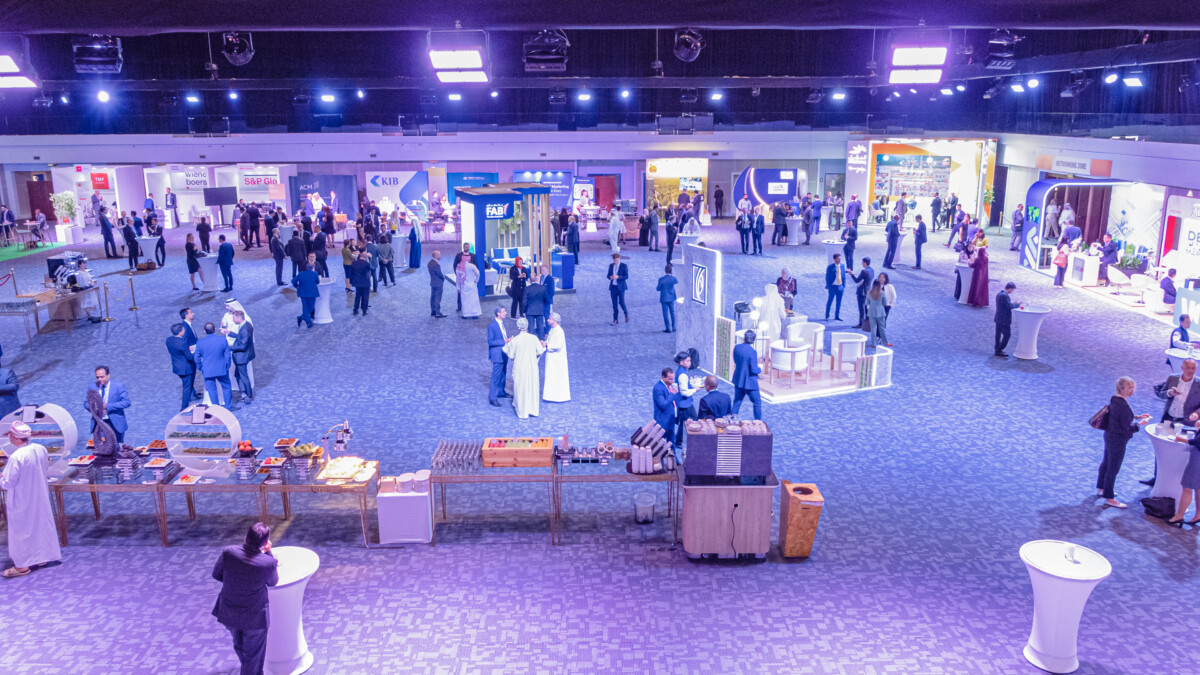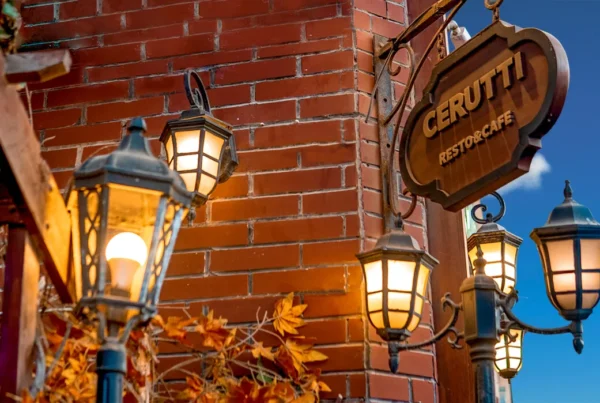Hello, photographers and event enthusiasts! Let’s talk about a fascinating art form that combines creativity, skill, and spontaneity—event photography. Whether it’s a corporate gathering, a wedding, or a live concert, capturing the essence of these occasions requires more than just pointing a camera. The ability to freeze a fleeting smile, highlight intricate details, and preserve emotions makes event photography techniques essential for creating impactful, professional event visuals.
Photography at events is about more than just taking pictures—it’s about capturing memorable moments that people will cherish for years. If you’ve ever wondered how to turn an event into a visual masterpiece, this guide is for you. With the right tools, strategies, and creative mindset, you can elevate your event photography skills and deliver images that tell a story.
Ready to dive in? Let’s explore the art of capturing engaging event moments!
Why Event Photography Matters
Events are dynamic and fast-paced, filled with unique interactions and spontaneous moments. A skilled event photographer doesn’t just document what happened—they immortalize the emotions, energy, and story of the event. Here’s why professional event visuals are invaluable:
- Preserving Memories
Events are often milestones—be it a company’s launch party or a couple’s wedding day. Photos serve as timeless keepsakes that help people relive those special occasions. - Building Brand Identity
For corporate events, high-quality images create a professional image and can be used in marketing campaigns, websites, and social media to boost brand recognition. - Engaging Storytelling
A well-captured image speaks a thousand words. By focusing on storytelling, event photographers can highlight the essence of the occasion, showcasing both big moments and small, meaningful details.
Event Photography Techniques: The Foundation of Success
To capture events effectively, it’s crucial to master the technical and creative aspects of photography. Here are the event photography techniques you need to ace the job.
1. Understanding the Event
Before you even pick up your camera, take time to understand the event’s purpose and flow.
- Know the Schedule: Familiarize yourself with key moments—speeches, performances, or awards.
- Understand the Audience: Are you photographing a formal business event or a lively celebration? Your approach will differ depending on the vibe.
2. Mastering Your Gear
The right equipment is the backbone of any successful event shoot.
- Cameras and Lenses: Use a DSLR or mirrorless camera with fast lenses. Wide-angle lenses are great for group shots, while prime lenses are ideal for low-light settings.
- External Flash: Events often have challenging lighting conditions. A good external flash can make all the difference in achieving professional event visuals.
- Tripod or Monopod: For events with long speeches or low-light conditions, these tools ensure stability and sharpness.
3. Adapting to Lighting Conditions
Lighting can make or break your photos. Event venues often present mixed lighting situations, so be prepared:
- Natural Light: For outdoor events, use natural light to your advantage, especially during golden hour.
- Artificial Light: Indoor events often require flash photography or adjusting settings to accommodate dim light.
- Avoid Overexposure: Keep highlights balanced to retain detail and depth.
Capturing Memorable Moments: The Key Shots
Event photography is all about being in the right place at the right time. Here are the must-have shots to ensure you’re capturing memorable moments:
1. Candid Shots
Candid photography captures raw, unfiltered emotions and interactions.
- Look for laughter, hugs, and quiet moments.
- Use a zoom lens to capture subjects from a distance without disturbing the scene.
2. Key Moments
Certain moments are the heart of any event. Anticipate these highlights and position yourself strategically:
- Corporate Events: Awards ceremonies, keynote speeches, and product launches.
- Social Events: Cake-cutting, first dances, or the moment someone blows out birthday candles.
3. Group Photos
Whether it’s a family reunion or a team-building event, group photos are essential.
- Arrange subjects thoughtfully, ensuring everyone is visible.
- Use a wide-angle lens for large groups.
4. Detail Shots
The little things often tell the biggest stories. Don’t forget to capture:
- Decorations, table settings, and venue details.
- Close-ups of hands, jewelry, or event-specific props.
5. Action Shots
Energy and movement bring events to life.
- Capture dance performances, sports events, or someone giving an animated speech.
- Use a fast shutter speed to freeze motion without blurring.
Professional Event Visuals: Tips for Stunning Results
To deliver professional event visuals that stand out, you’ll need more than technical expertise. Here’s how to elevate your work:
1. Create a Shot List
Planning is everything. Before the event, create a shot list that covers:
- Must-have moments (e.g., the host welcoming guests).
- Creative shots you’d like to attempt (e.g., reflections or silhouettes).
2. Build Rapport with Guests
A good event photographer blends into the background while making guests feel comfortable.
- Introduce yourself when appropriate to create a friendly rapport.
- Avoid intrusive angles or overly staged shots.
3. Focus on Composition
Great composition separates amateurs from professionals.
- Use the rule of thirds to frame your shots.
- Experiment with leading lines, symmetry, and depth to add artistic flair.
Creative Event Photography Techniques
Want to make your photos unforgettable? Add creativity to your work with these techniques:
1. Playing with Perspectives
Shoot from unconventional angles to add drama and interest.
- Capture from above for a bird’s-eye view.
- Shoot through objects like glasses or foliage to create depth.
2. Incorporating Motion Blur
Intentional motion blur can convey energy and dynamism.
- Lower your shutter speed slightly to capture movement while keeping the subject sharp.
3. Using Reflections
Mirrors, glass, or even puddles can create unique compositions.
4. Highlighting Color Themes
Events often have specific color palettes. Emphasize these in your shots to reinforce the event’s visual identity.
Editing: The Finishing Touch
The magic of event photography doesn’t end with the shoot. Post-processing is where good photos become great.
1. Basic Adjustments
- Correct exposure, contrast, and white balance.
- Crop and straighten images as needed.
2. Color Grading
- Highlight the event’s mood by adjusting tones. Warm colors work well for celebrations, while cooler tones suit corporate events.
3. Batch Editing
For large events, consistency is key. Use editing software to apply presets or adjustments across multiple images.
Tips for Event Photography: Setting Yourself Apart
1. Stay Organized
Preparation is key for any event photographer aiming to deliver top-tier results. Always carry extra batteries, memory cards, and backup gear, such as a second camera body or additional lenses. Unexpected technical issues, like a drained battery or a full memory card, can occur at any time. Having backups ensures you never miss a crucial moment.
2. Be Discreet
One of the hallmarks of a skilled event photographer is their ability to capture authentic moments without drawing attention. Move quietly and blend into the background, allowing attendees to relax and behave naturally. Avoid using intrusive flash unless absolutely necessary, as it can disrupt the atmosphere of the event.
3. Stay Alert
Events are dynamic, and moments happen in the blink of an eye. Stay mentally and physically alert throughout the event to anticipate key interactions or emotions before they occur. Keep an eye on speakers, the crowd, and any spontaneous activities that might unfold. Quick reflexes and constant vigilance ensure you’re always ready to capture a priceless moment as it happens.
Why Hire a Professional Photographer?
1. Experience
Professional photographers are seasoned in handling the unique challenges of fast-paced events. They know how to navigate the venue, anticipate moments, and adapt to changing conditions.
2. Equipment
High-quality equipment plays a significant role in producing stunning images. Professionals come equipped with advanced cameras, lenses, and lighting setups that ensure crisp, vibrant photos, even in challenging conditions.
3. Reliability
When you hire a professional, you’re investing in peace of mind. Professionals come prepared with contingency plans for every scenario, ensuring no moment is missed. Their commitment to the job ensures that you receive a polished collection of images that perfectly encapsulate your event’s story.
Capture the Moment, Create the Story
Event photography is more than just an art—it’s a responsibility. By mastering event photography techniques, focusing on capturing memorable moments, and delivering professional event visuals, you can create images that resonate with emotion and energy.
So, pick up your camera, embrace your creativity, and let the moments unfold in front of your lens. After all, every event is a story waiting to be told, and you have the power to make it unforgettable.
Other Articles:
| Corporate Videography Benefits | Animations in Modern Video Marketing |
| Fashion Videography in UAE | Wedding Videography Trends |




